Growing Focus on Preventive Healthcare
The Telehealth Service Market is significantly influenced by a growing focus on preventive healthcare. As healthcare systems shift towards proactive management of health, telehealth services offer an effective means to monitor patients and provide timely interventions. This trend is particularly relevant in managing chronic conditions, where regular check-ins can prevent complications. Data suggests that telehealth can reduce hospital readmissions by up to 30 percent, underscoring its potential in preventive care. Consequently, healthcare providers are increasingly incorporating telehealth solutions into their preventive strategies, thereby driving growth within the Telehealth Service Market.
Regulatory Support for Telehealth Services
Regulatory support is a crucial driver for the Telehealth Service Market. Governments and health authorities are increasingly recognizing the importance of telehealth in improving healthcare access and outcomes. Recent policy changes have expanded reimbursement for telehealth services, encouraging providers to integrate these solutions into their practice. For instance, many regions have implemented temporary measures to facilitate telehealth consultations, which may become permanent as the benefits become evident. This regulatory environment fosters innovation and investment in telehealth technologies, ultimately enhancing service delivery and patient satisfaction within the Telehealth Service Market.
Increased Investment in Digital Health Solutions
Investment in digital health solutions is a prominent driver of the Telehealth Service Market. Venture capital funding for telehealth startups has surged, reflecting investor confidence in the sector's potential for growth. Recent reports indicate that investments in telehealth companies reached unprecedented levels, with billions allocated in the past year alone. This influx of capital enables the development of innovative telehealth platforms and services, enhancing the overall quality of care. As more stakeholders recognize the value of telehealth, this trend is likely to continue, further propelling the Telehealth Service Market into new heights.
Rising Demand for Convenient Healthcare Solutions
The Telehealth Service Market experiences a notable surge in demand for convenient healthcare solutions. Patients increasingly prefer remote consultations due to their flexibility and accessibility. This trend is particularly pronounced among younger demographics, who are more accustomed to digital interactions. According to recent data, approximately 70 percent of patients express a preference for telehealth services over traditional in-person visits. This shift is likely driven by the desire for reduced travel time and the ability to receive care from the comfort of home. As a result, healthcare providers are adapting their services to meet this growing demand, thereby expanding their offerings within the Telehealth Service Market.
Technological Advancements in Telehealth Platforms
Technological advancements play a pivotal role in shaping the Telehealth Service Market. Innovations such as high-definition video conferencing, secure messaging systems, and mobile health applications enhance the overall patient experience. These technologies not only facilitate seamless communication between patients and providers but also ensure the security of sensitive health information. Recent statistics indicate that the adoption of telehealth technologies has increased by over 50 percent in the last two years, reflecting a broader acceptance of digital health solutions. As these technologies continue to evolve, they are expected to further drive growth within the Telehealth Service Market, making healthcare more accessible and efficient.


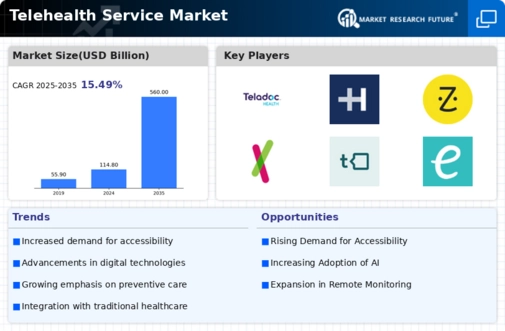
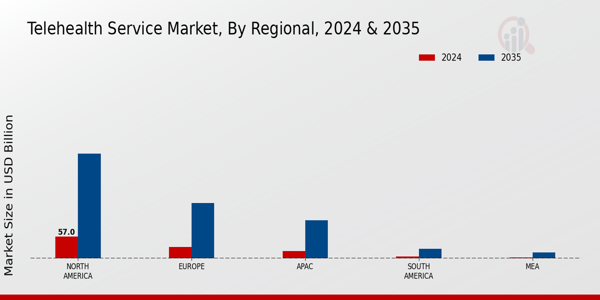

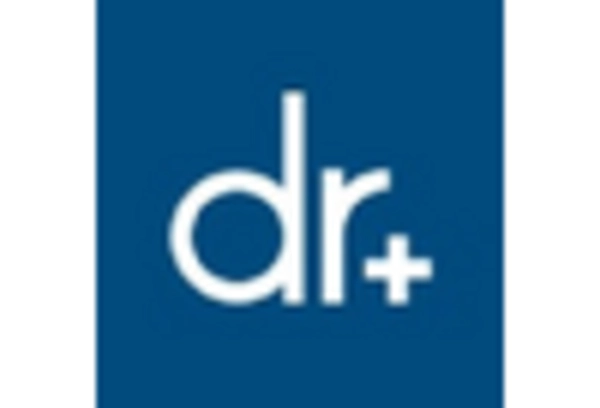


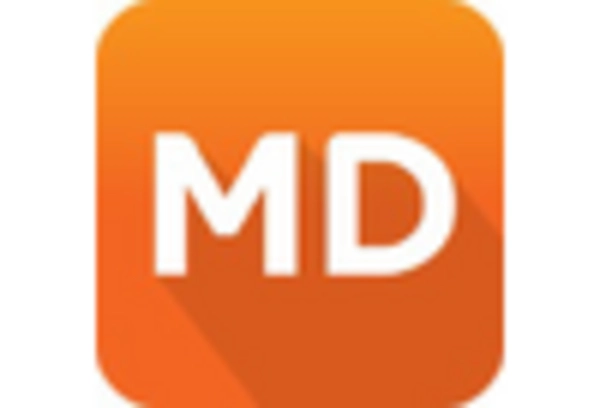
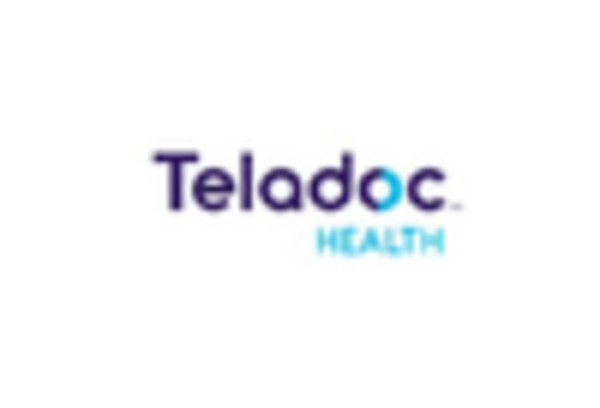








Leave a Comment